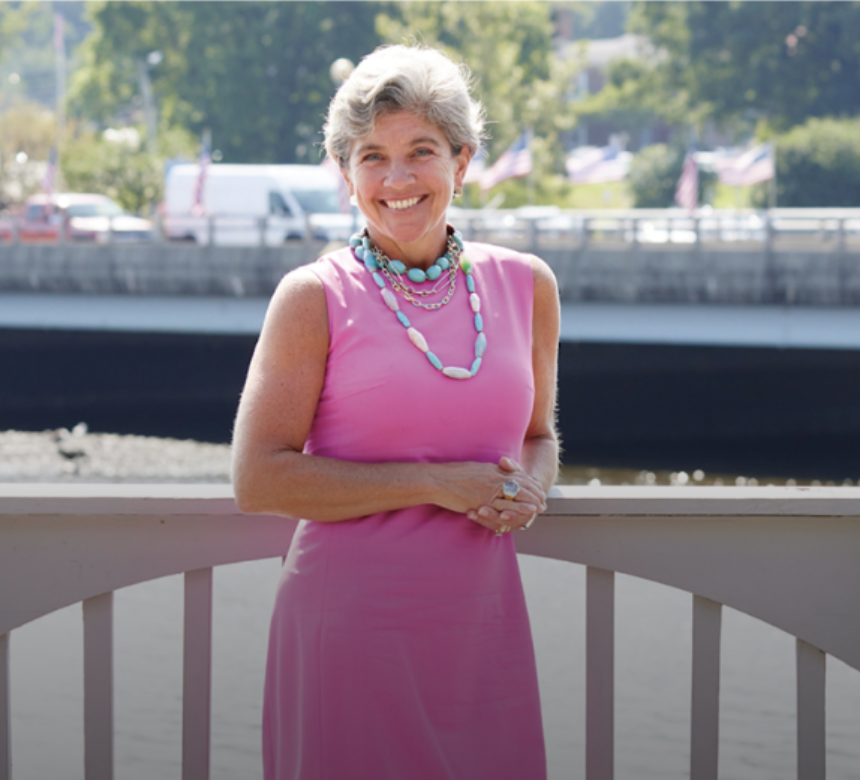Haris Durrani ’11
Opinions Editor
It’s different living brown in a nearly all-white town for 16 years.
In elementary-school I once preferred playing with a white friend rather than a Chinese friend because Chinese was not “vanilla.” When I visited my grandmother’s Washington Heights apartment, I could not believe that all the other children in the Hispanic neighborhood looked just like me.
In health class last year I watched a History Channel documentary about the origin of drugs. The film displayed the words “Allah’s Joy” in clean blue, typed script on a staged box of hashish. I told my teacher I didn’t like that, and she said I didn’t have to watch. I said I was more worried about what message that was sending to classmates.
And I’m not the only one who has been affected.
A friend new to Westport remarked the astonishing number of whites at Staples. Another, while in New York City, looked around and noted, “There are so many non-white people here.”
There is nothing wrong with being white. There is something wrong when the number of minority students in the school district is only eight percent, according to page two of the 2007-08 Strategic School Profile.
I guess that’s why we’re called minorities.
Despite the issues at hand, I lived like a kind of zombie my first two years at Staples.
I sat silently, for the most part, as Western Humanities class taught me all about the accomplishments of white men and their unique influence on world history. (According to the textbook, the Turks “sack” Constantinople while the Northern Spaniards, Isabella and Ferdinand, politely “reconquest” the Southern lands taken by the Moors who’d already lived there for 900 years in coexistence with Jews and non-Catholics.)
With little complaint, I read through the “classics” of literature—which happened to be entirely Western.
I accepted references to the primarily Western origins of science.
I watched each annual “diversity” assembly, which displays ethnic dancers or musicians. Each seems more like entertainment and a chance to skip class than “diversity education” or anything of the sort.
It’s a lot to put up with if you’re paying attention to every little detail, which there are a lot of. After all, it’s all in the details. They really add up.
This is like those sexist ads they talk about in health class. Subtle messaging builds and builds and builds until everyone develops a very backward definition of, say, the female identity.
Still, it’s a funny thing given the open-mindedness of many of my teachers. I’ve heard stories about narrow-minded teachers in nearby schools. It’s true that Staples is in many respects a very welcoming place.
So maybe it’s just the seeming existence of racial segregation (notice the number of minorities in nearby places like Bridgeport) which makes it so hard, sometimes, to be a minority here.
I’ve also heard one minority student say it’s cool to be “different” at Staples—“because I’m special.” I’m not sure if that’s a good thing or not.
Yet, I do realize that it does make me more aware of my own identity when I realize how different, culturally, I am from most. There’s something good in everything.
The bad parts are not entirely Staples’ fault. Our perhaps biased Western textbook is no doubt taught elsewhere, the (Western) “classics” are likely major books in other schools, and the health class “Allah’s Joy” film was made by none other than the History Channel.
Perhaps we’re just a symptom of a bigger problem.
But we shouldn’t be afraid to take the first steps toward a solution.
In fact, the history department’s current plan to incorporate world history in its core curricula shows we are already moving forward.
Let’s keep going.
Eight percent is a scary number no one should ignore.












































